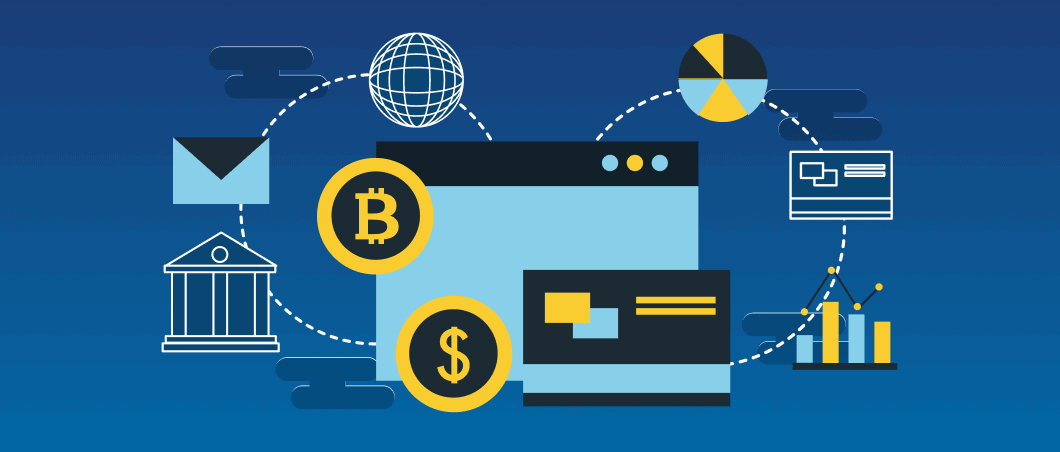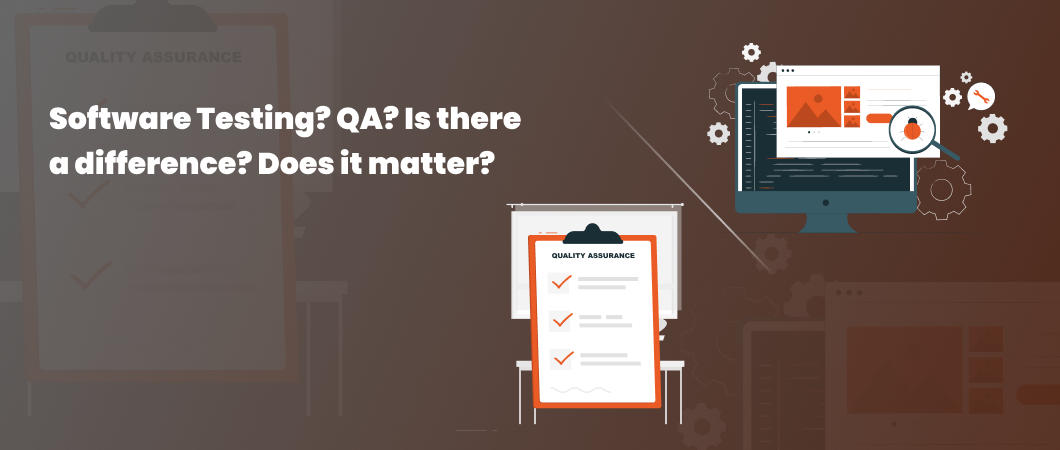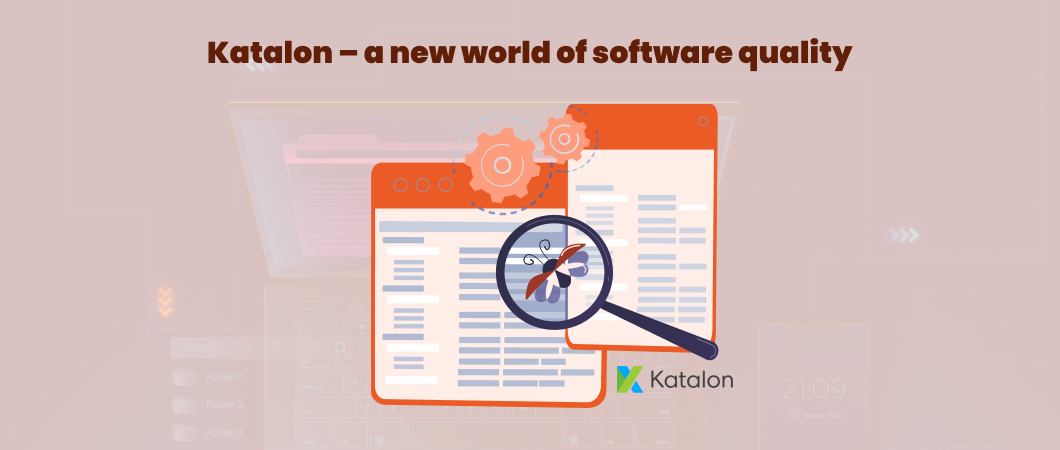Also regarded as the “fourth industrial revolution,” financial Technology (or the Fintech) industry has the power to transform financial institutions and improve the overall customer experience by bridging the gap between finance and technology.
According to industry estimates, the Fintech market will reach $309.98 billion by 2022. That is a 24.8% increase compared to 2018. To understand it better, there are approximately 3.471 billion users of digital payment solutions today, which are expected to grow to 4.636 billion by 2024.
From digital payments to investment, lending, budgeting, insurance, and consumer banking, Fintech apps provide customers with a wide range of financial services. However, the Fintech sector has its own set of challenges, including:
- Shifting customer expectations from digital transactions
- Maintaining data integrity and ensuring the privacy of customers.
- Managing complex financial transactions.
- Meeting regulatory compliance needs.
Along with these challenges, Fintech companies also seek a competitive edge in an increasingly crowded fintech market, making it imperative for them to consider digital transformation to achieve operational efficiency, drive customer loyalty, and improve business outcomes. In our digital world, this means they must increase their focus on ways to improve their app development and testing processes.
What is the importance of quality assurance testing of Fintech products – and what are their essentials?
Importance of Quality Assurance in Fintech Products
In today’s data-centric market, financial software products (or apps) handle important and confidential user data, like credit card information, bank details, and social security numbers. The first question Fintech customers will ask before choosing any Fintech product is, “Will your app guarantee the protection of my financial and personal data?” Of course, the next most crucial requirement is intuitive and seamless usability and powerful workflows that make it easy for the customer to transact the business they have to.
With the right quality assurance (QA) services, Fintech enterprises can strike a balance between consumer data protection, usability, and innovation.
Just like any other software, fintech products should fulfill certain testing essentials. Let us know about them in detail.
5 Essentials of Quality Assurance Testing For Fintech Products
Here are the five essential aspects of testing that a Fintech QA team should look at:
Data Protection
Sensitive data is everywhere in the financial industry, hence must be protected and managed at all costs. As a Fintech app developer, you need to test all databases storing customer data for integrity, smooth migration, and quick loading. To build high-quality Fintech solutions, you need to embed high-level security in the product architecture – right from the initial phases. Further, proper testing of the fintech products will minimize the incidents of data breaches.
For instance, security lapses in the Fiserv Inc. online platform, a major technology services provider for financial institutions, exposed the personal and financial account information of hundreds of banking customers. Testing did not catch the data leakage gaps and this posed severe risks for more than 12,000 Fiserv clients.
Let’s look at another example of a data breach that left the financial information of over 146 million consumers exposed. Credit reporting and FinTech company Equifax experienced a data breach in 2017, compromising consumers’ social security numbers and personal financial information. The data breach might have been mitigated or avoided had Equifax updated its software on time, notified its consumers of the vulnerability, and addressed consumer data protection better than was the case.
Security Testing
Over the last few years, financial institutions have been easy targets for hackers across the globe. With the growing use of mobile phones and cloud technology, cyberattacks have only risen in numbers and complexity. A recent study found that 98 of the top 100 global fintech start-ups are vulnerable to cyberattacks, including phishing and app security attacks. Further, the presence of third-party payment gateways and money transfers makes it easy for hackers to violate the security of Fintech apps.
Security testing methods like Pen testing programs can be used to monitor the security of your Fintech app and highlight any vulnerable areas that may need additional protection. Additionally, pen testing can give an overall summary of your company’s security posture. Constant monitoring and testing for security vulnerabilities can also secure customer data and other aspects of your financial institution.
Compliance Checks
Like banks, Fintech companies must also comply with anti-money laundering (or AML) regulations to avoid loss of reputation and trust apart from major financial losses. With compliance-related regulations differing in various countries, compliance testing is designed to meet all regulatory standards.
The security compliance checklist for Fintech companies includes the following aspects:
- Know Your Customer (KYC) – that is important when onboarding new costumes and reducing risks associated with money laundering, terrorist financing, corruption, fraud, bribery, and other illegal financial activities.
- Customer Due Diligence (CDD) – that allows organizations to evaluate the risk profiles of their customers and detect unusual situations if any.
Certain security practices like the Payment Card Industry Data Security Standard (PCI DSS) are also designed to help and protect financial companies.
Additionally, by collaborating with industry regulators, fintech companies can stay informed of the latest compliance-related developments, thus ensuring that consumers have access to secure digital financial services.
Performance Testing
Performance testing predicts the application behavior and performance in a simulated, real-life environment. It ensures that the Fintech application is responsive and reliable enough to respond to peak-load times when multiple customers are trying to conduct transactions at the same time.
As recommended by software development experts, performance testing should start early in the development process to be most effective. Here are the two of the effective approaches used by testers:
- Stress Testing
The app is stressed with a specific expected load and its possible impact on the performance is studied by the QA team. A simulated environment is created to test the application under load and gauge its performance. One of the major goals of stress testing is to determine the limit at which the app breaks.
- Shift-left Approach
The Shift-left approach considers every functional and performance-related aspect along with the development of the application software. As a result, this approach provides timely software solutions that are efficient and cost-effective.
Automated testing
In the quest for speed and coverage, the testing of Fintech products and platforms has long been a mix of human and automated testing. Automated testing processes can help you get rid of repetitive and exhaustive tasks and render testing faster. Repetitive tasks, if automated, can lead to a reduction in the risk of human errors, oversight, and time. With advancements in technologies like artificial intelligence (AI) and machine learning (ML), new paradigms are being explored and the boundaries of automation are being pushed in several interesting ways.
Load (or stress) testing can sometimes be categorized as repetitive and programmable. For example, stress testing on a netbanking website can ensure that it will not break and become unavailable during peak traffic. Automated load testing could help ensure that this does not happen.
The Importance of User Experience Testing
In addition to the essentials mentioned earlier, user experience (UX) testing is another crucial aspect of quality assurance in Fintech products. User experience refers to the overall satisfaction and usability of the product from the perspective of the end-users. Fintech companies need to ensure that their applications are intuitive, user-friendly, and provide a seamless experience to their customers.
UX testing involves evaluating how users interact with the application, identifying pain points, and making improvements to enhance the overall user experience. This type of testing helps Fintech companies understand user behavior, preferences, and expectations, which can inform future product development and enhancements.
Some key aspects to consider during UX testing for Fintech products include:
Usability Testing:
This involves observing users as they perform specific tasks on the application and collecting feedback on their experience. Usability testing helps identify any issues or areas where users may face difficulties in navigating, accessing features, or completing transactions.
Mobile Responsiveness:
With the increasing use of smartphones for financial transactions, Fintech apps must be optimized for mobile devices. Mobile responsiveness testing ensures that the application adapts and functions correctly across different screen sizes, operating systems, and devices.
Accessibility Testing:
It is important for Fintech companies to ensure that their applications are accessible to users with disabilities. Accessibility testing involves evaluating the application’s compliance with accessibility guidelines and standards, such as WCAG (Web Content Accessibility Guidelines), to ensure that users with visual impairments or other disabilities can use the app effectively.
Performance and Speed:
Users expect Fintech applications to be fast and responsive. Performance testing measures the application’s response time, scalability, and stability under various user loads. It helps identify any bottlenecks or performance issues that may affect the user experience.
User Interface (UI) Design:
The visual design and layout of the application impact user engagement and satisfaction. UI testing focuses on the aesthetics, visual elements, and overall design consistency of the application. It ensures that the UI elements are properly aligned, the color scheme is visually appealing, and the application follows industry design standards.
Conclusion
For the Fintech sector, the secret to success is to offer innovative and secure products to customers that also comply with the most stringent regulatory standards. The digital customer demands that these products be easily accessible, highly secure, and quick, and easy to use. Through effective QA testing, Fintech apps can be made usable, functional, agile, and secure.
Of course, this isn’t easy to do and that’s where Forgeahead can help. We have the expertise to identify, analyze and prevent quality issues by using a mix of manual testing, compatibility testing, performance testing, among others. Contact us with your queries now.



